What should be the planting and care of a Rogers in the open field
Rogersia is an exotic and at the same time relatively unpretentious plant that will decorate a flower bed on a personal plot. However, planting seeds and caring for seedlings and mature plants outdoors have their own nuances that must be considered in order to admire the lush bloom.
Description
Rogersia is a large perennial plant, representative of the saxifrage family. The flower is attractive for its decorativeness and monumentality: every year the bush grows and is usually covered with peduncles, the length of which is up to one and a half meters. This herbaceous perennial is very popular in European cities, and it is also becoming more and more popular in Russia.
From early spring to late summer, Rogersia blooms in white, pinkish or yellowish flowers with a delicate scent. The leaves of the plant are large, juicy, green.
Rogersia cultivars are distinguished by the shape of the leaves, which can be pinnate or finger-dissected. The most widespread is the chestnut-leaved rogers, its leaves are very similar to the leaves of the horse chestnut, which is where the name of the variety came from.
Landing
Rogersia is rarely propagated by seeds, since the method does not guarantee that the daughter flowers will retain the characteristics of the mother plant. In addition, the seed germination of the material is far from 100%, and the resulting seedlings grow and develop for a very long time, the first buds will appear only after three or four years.
Most often, planting is carried out by separated rhizomes. In the fall, cut the root system into pieces up to ten centimeters in size and plant in special containers about six centimeters deep. For four months, keep in a room at a temperature of +5 to + 10 ° C, from time to time moisturizing the substrate. After the shoots appear, transplant the rhizome first into a peat pot, and in the spring - to a permanent place in open ground.
Advice! You can divide the rhizomes not only in the fall, but also in the spring.
Two factors influence the beauty and health of a plant:
- The soil.
- The right place to land.
The plant will delight with abundant and very beautiful flowering, and its foliage will be emerald green if the soil is rich in nutrients. The land in which it is planned to plant rogers should be enriched with compost, peat or humus. When planting, the roots of the plant should be placed in the ground to a depth of four to seven centimeters.
The peculiarity of the rogersia root system is that it grows rapidly, forming root stems with buds, from which shoots subsequently break through. Therefore, it is better to plant the plant in a spacious area and away from crops with a weak root system, otherwise the perennial will simply strangle them.
A plot with a close occurrence of groundwater is not suitable for growing crops, since Rogersia does not tolerate the accumulation and stagnation of liquid in the soil in the ground, despite the fact that it is a moisture-loving plant. The soil is preferable fertile and loose, with good drainage.
Rogers will grow poorly in dry shade, but if the soil is mulched in the spring, the shade in combination with drought will not be terrible. Mulch will provide the optimal amount of moisture and warming up the earth.
The culture is photophilous, but direct sunlight, especially at the seedling stage, is detrimental to it: the leaves will burn and fall off. Therefore, you need to choose an area in partial shade.Rogersia knows how to store energy, so it has enough sunlight penetrating through the foliage of trees. The best option is three hours of rarefied light in the middle of the day.
Care
Basic care measures:
- In the spring - cleansing Rogers from old leaves, mulching the earth, feeding with organic matter. If the roots are smoothed out of the ground, they need to be sprinkled with earth. It is important to protect the plant from spring frosts (for example, wrap the bush with non-woven material).
- At the end of summer, after flowering, you will need to carefully cut the peduncles, remove ugly and dried leaves.
- In the fall, it is necessary to cut off the shoots.
Watering and moisturizing
Humid air is optimal for Rogers, so it will be comfortable near the fence, near the wall of the house and in other damp places.
They are not suitable for growing lowland plants where rain moisture accumulates, since stagnant water provokes rot, including a black leg.
Fertilization and feeding
The most important component of caring for Rogers is feeding with mineral and organic fertilizers during the growing season. In addition to the standard set consisting of nitrogen, potassium and phosphorus, molybdenum, sulfur, zinc, copper and magnesium should be included in the complex feed for Rogers.
Fertilization is necessary throughout the growing season, but it is especially important to feed the plant during active flowering and growth.
Diseases and pests
Rogersia is almost not sick and is insensitive to pests. In very rare cases, the plant may show symptoms of rot or fungal infection. Diseased shoots must be removed as soon as possible, and the bush itself must be treated with a fungicide.
Advice! Treat in the middle of the day, when it is warm and still far from the evening. The leaves of the plant should not be wet.
How to protect from frost
Rogersia is not a winter-hardy plant; early varieties are especially affected by frost. For the winter, the green mass should be cut off, and this is done at the soil surface. If, according to forecasts, a severe winter with little snow is expected, then the ground around the plant must be covered with a layer of fallen leaves, peat or rotted humus.
It is recommended to cover early varieties of Rogers in May with spunbond or agroecofiber at night.
Late varieties are less prone to freezing, for example, White Feathers, Die Stolze, Die Schone. This is due to the fact that their first shoots appear only by the end of May, when frosts at night are extremely rare.
Types and varieties
There are many varieties of Rogers, the most popular are the following:
- Horse chestnut: pinkish-white flowers, best of all develops on the banks of water bodies. In natural conditions, it grows at an altitude of almost three kilometers above sea level. The diameter of the leaves is up to fifty centimeters, the height of the bush is extended to 1.4 meters. When the leaves are just beginning to bloom, they are beetroot-bronze in color, a little later, relief green veins appear on them, there is a brown fluff on the petioles of the leaves and shoots. R. Konskokashtanolistnaya blooms from late June to late July.
- Henrici: sun-resistant, in spring its leaves have a coffee-milk color, and in summer they are bright green. Rogersia plumose in the mountain pine forests of China "climbs" 3-3.9 km above sea level, and itself is slightly lower than horse-chestnut - up to 1.2 meters. Large pinnately-divided foliage, blooming, is painted in a purple hue, then becomes dark green with embossed veins. Inflorescence panicles 25 to 30 cm long - either white or pink, exude a pleasant aroma during flowering (about 25 days) in July.
- Elegance is a well-known garden form characterized by pink flowers.
- Wings chocolate: flowers change throughout the development season - from pink to reddish, the same can boast of foliage, which changes chocolate tones to multi-colored with green and red inclusions and returns to chocolate in autumn.
- Bronze picks are stretched in height above the main species - up to 1.5 meters, the leaves change color from pinkish-purple to bronze-green, and the flowers are creamy.
- Podophyllum (hundred-leaved) grows in Korea, China and Japan, is characterized by a pinnate height similar to Rogersia and finger-dissected embossed leaves up to 40 cm in diameter.The color of the leaves during blooming is bronze, then not saturated green. The creamy white flowers are organized in numerous panicle inflorescences, flowering for about a month starting in mid-June.
- Brownlaub is characterized by a reddish-brownish foliage.
- Lamellar is allocated to a special genus, with only one species rare in floriculture - lamellar astilboides. The natural environment for the growth of such rogers is located in the territories of northeastern China and Korea, at the edges of forests and ravines. The differences between Astilboides lamellar and rogers of various species are quite impressive - it is low (up to 30 cm in height), has tough, resilient and truly huge leaves up to 70 cm in diameter with long strong petioles. Oblongness is also characteristic of the peduncle - it reaches 1.5 meters in height. The inflorescences differ less noticeably, they consist of small cream-colored flowers drooping at the end of flowering, reaching a length of 25 cm. The flowering period begins in July and lasts about a month.
Rogers in Landscaping
Rogersia in combination with other plants forms very beautiful compositions. She looks great next to:
- with ferns;
- badan;
- bells.
Advice! The bush will reach adult size in two to three years after planting, this should be taken into account when planning landscape design.
Rogersia bushes look very picturesque on their own in a flower bed in the shade of tree crowns.
With tall ornamental crops, the plant forms a single horizontal surface.
With lungwort, red horned goat weed, periwinkle and other shade-tolerant perennials, Rogersia forms a motley and at the same time very spectacular mess.
Rogersia is perfect as a decoration for flower beds, a pond or other artificial reservoir, will serve as an excellent addition to a rocky garden. In large rockeries, ornamental bushes are the dominant altitude.
It is not recommended to use Rogersia on small alpine slides, as it is a tall plant, as a result of which it spoils the whole view.
Having spent a little effort on planting and preparing the soil, even a novice gardener can easily get a lush plant that will delight with shades of foliage and flowers for more than one season. The perennial is hardy enough to calmly forgive small mistakes in care, while it looks just amazing.

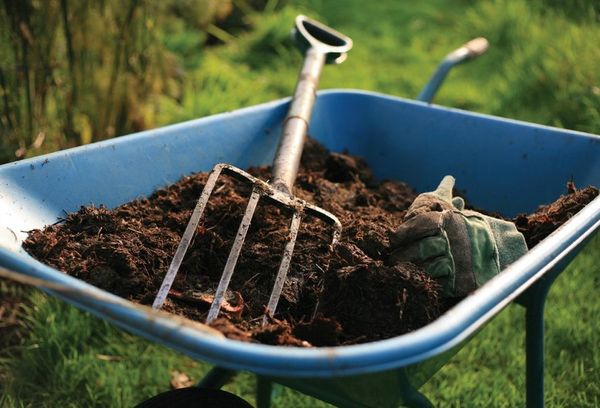
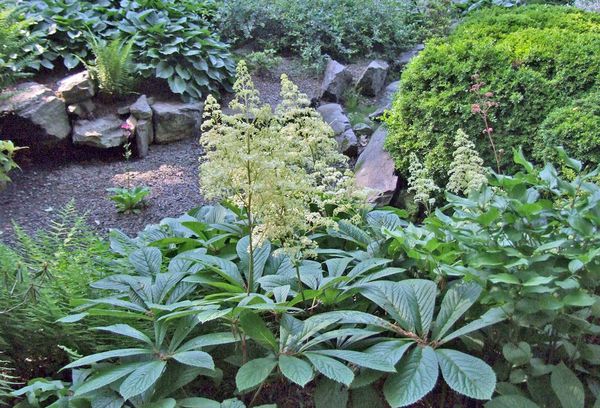
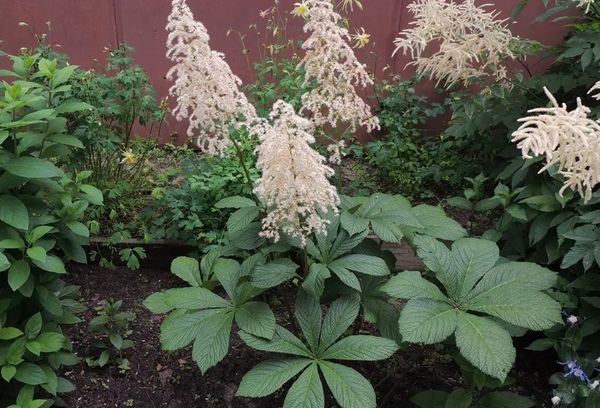
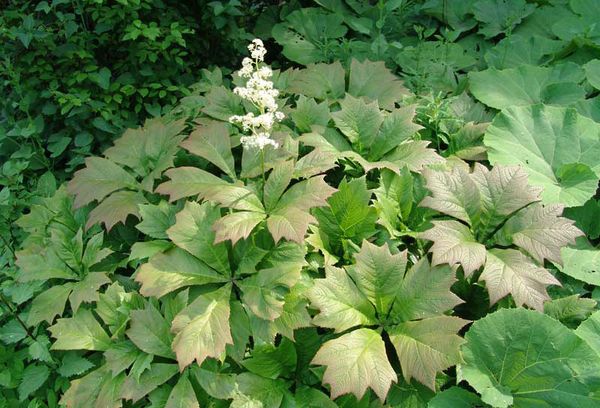
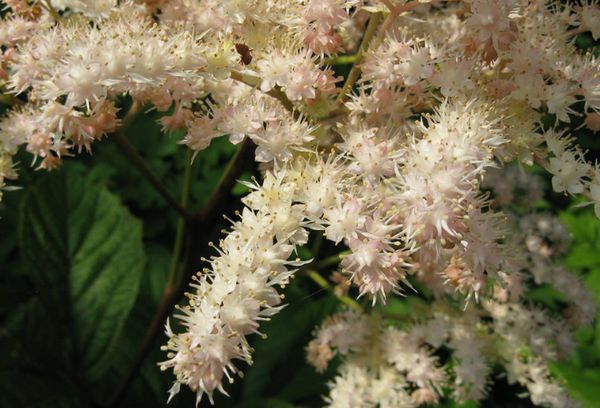
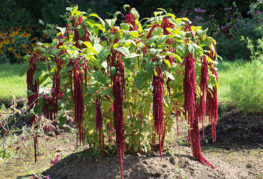
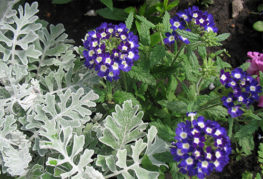
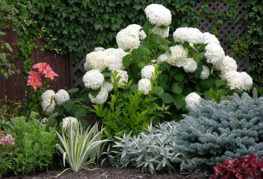
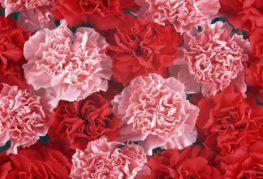

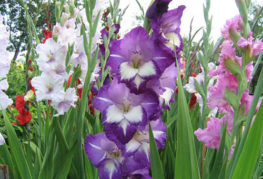
and will be published shortly.